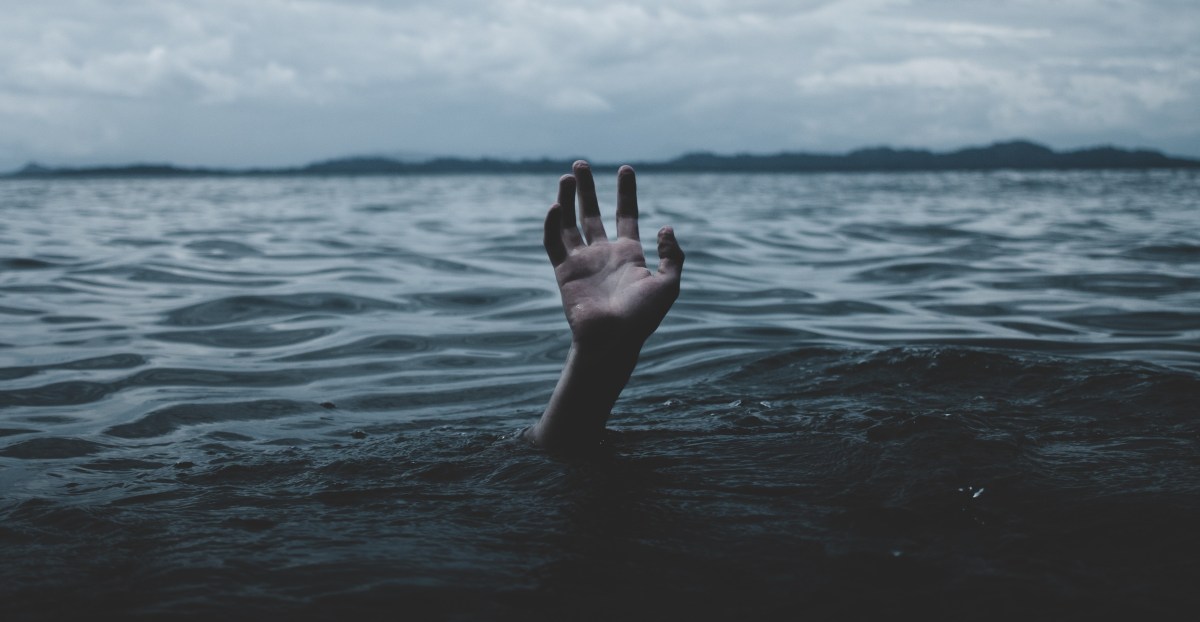It’s not the kind of tattoo you’re thinking of.
I’ve written a lot about my chemo experiences for breast cancer, but I also underwent radiation treatment. Compared to chemo, it was a breeze, however, it came with its own surprises. I was preparing myself for potential discomfort and burns, but was caught off-guard when I realized I would get four permanent marks on my body to help align the lasers and make sure that radiation was being delivered where it was needed.
Permanent marks = tattoos. Now, I have nothing against tattoos on other people, though I admit to occasionally thinking, “You realize you’re stuck with that, don’t you?” about a particularly colorful specimen. Sorry, it’s the era I grew up in. I’ve seen absolutely gorgeous tattoos; I just never wanted any myself.

I remember being told about the tattoos and instinctively wanting to protest. It wasn’t about the dots themselves — I keep my dermatologist in business with all the moles that pepper my body. I think it was about not having a say regarding something that was going to be done to me. For me, cancer was about feeling out of control. Being forced to get tattoos was frustrating and completely unexpected. It felt like bait-and-switch, where the focus was on preventing burns and what to do about tender skin, but then ohbytheway, you’re getting tattooed too. It was one more thing to endure.
I know I was blowing this out of proportion. These are just small dots. There are four of them, one on the ribcage below each armpit and two running down the center of my chest. They’re blue, which was a necessity, given my highly mole-y skin. And they’re definitely permanent. I wrestled with the concept but eventually sighed and just accepted it.

Maybe it was the friendships that I developed with the radiation team, maybe it was finishing all my cancer treatments, but my prejudiced view of those tattoos softened over time. Now they meant something to me. Previously, I couldn’t imagine any reason that I would submit to being marked like that. But then I started wishing that the tech had drawn teeny stars or hearts instead of plain dots. And I heard of breast cancer survivors covering mastectomy and implant scars with inked art, or foregoing the reconstruction altogether and allowing their chests to serve as a canvas, making something beautiful out of an emotionally painful situation.
I’m glad I have my little tattoos.






















